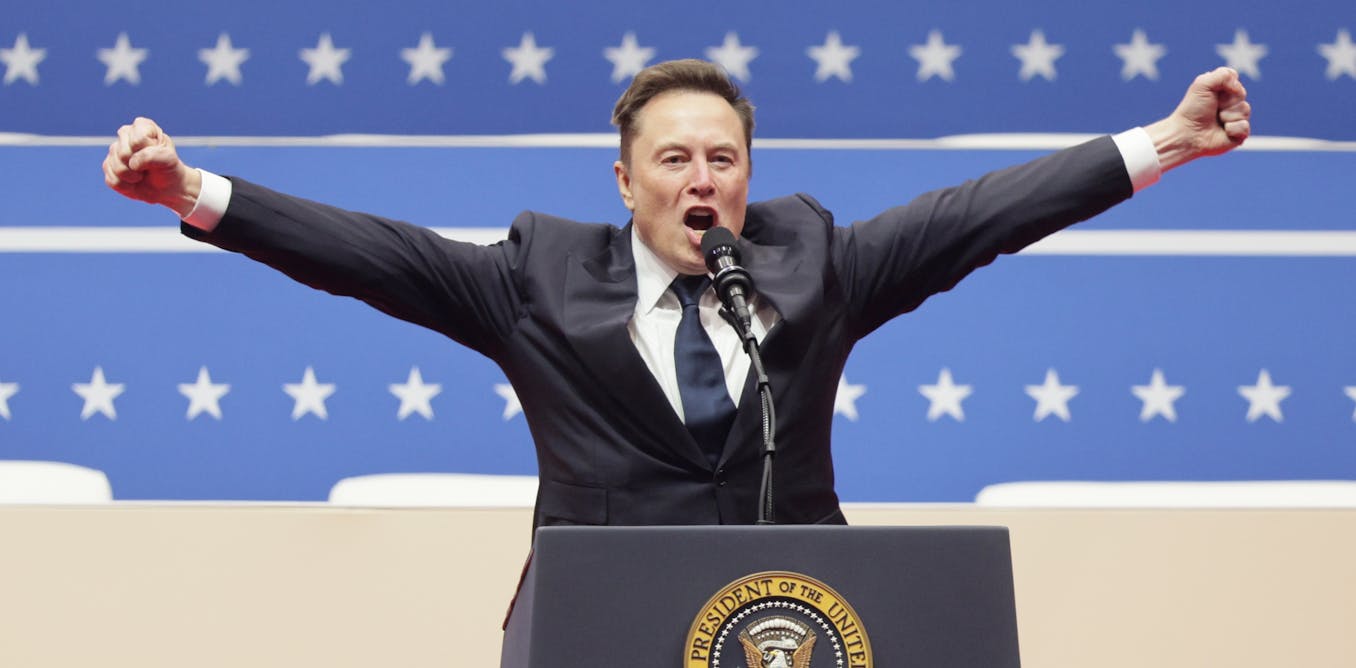The Challenge of Third Parties in American Politics
To paraphrase a very old joke, how do you make a small fortune in America? Start with a large fortune and fund a third political party. American political history is littered with the wreckage of challengers who thought they could break the two-party system but ultimately failed. This backdrop makes Elon Musk’s recent musings about launching his own political party more intriguing, especially in the wake of his falling out with Donald Trump.
Understanding the Two-Party System
But what exactly do we mean by a two-party system? Since the 1860s, the Democrats and Republicans have dominated the U.S. political landscape, consistently holding the presidency, Congress, and a vast majority of elected positions at various levels. Over the years, attempts to establish a third party have typically floundered at the ballot box, often yielding only fleeting successes.
The historical landscape shows some parties have had short-lived existences. The Progressive Party of the 1910s and the Citizens Party from the 1980s represent a mere blip in a long history of bipartisan dominance. On the other hand, parties like the Libertarian Party and the Green Party have shown some endurance, achieving varied levels of electoral success, particularly at local levels.
The Role of Charismatic Leaders
An important distinction must be made between third parties and third-party candidates. In the U.S., the political system is largely personality-driven, meaning that many third-party efforts revolve around a single individual rather than being rooted in broad, grassroots movements. The Progressive Party, for example, was founded by former President Theodore Roosevelt after he broke from the Republicans but dwindled shortly thereafter due to a lack of strong leadership.
Consider the Reform Party, initiated by billionaire Ross Perot in 1995 after his significant 18.9% showing in the 1992 election. While it briefly spurred interest in alternative politics, the party quickly waned in influence without Perot at the helm. Conversely, parties like the Socialist, Libertarian, and Green parties have emerged from more organic political movements, allowing for greater local or state-level successes.
Public Sentiment for a New Political Alternative
Despite the enduring dominance of the two-party system, public sentiment for alternatives appears to be on the rise. Pew Research found that 37% of respondents felt that a statement about wishing for more political parties accurately described their views. Additionally, 25% expressed that neither of the two main parties represented their interests—a clear indication of interest in alternatives.
Yet the question remains: if there is a clear desire for change, why do so few third-party challengers thrive? One reason is that the two major parties often behave like a cartel, systematically excluding viable competitors.
The Electoral System’s Impact
The primary barrier to third-party success lies in the electoral system itself. The "first-past-the-post" model does not inherently necessitate a two-party system, as demonstrated by countries like Britain. However, political scientist Maurice Duverger argued that this system effectively creates an advantage for the two leading parties, channeling votes toward them while leaving little incentive for voters to support third-party candidates.
In many cases, voters feel compelled to back what they perceive as the lesser of two evils rather than risk casting a "wasted" vote. This dynamic has made it increasingly challenging for third parties to penetrate the national consciousness or garner significant support.
Financial Challenges in Running for Office
Money is another critical barrier. The soaring costs associated with running for office mean that third parties face an uphill battle in raising the necessary funds to compete meaningfully against the established parties. During recent elections, both the Democratic and Republican parties have spent hundreds of millions—far beyond what any nascent third party could muster.
Whenever affluent individuals like Perot have attempted to self-finance a political campaign, they often encounter backlash, with critics branding their efforts vanity projects lacking true mass appeal. The funding landscape creates a “chicken and egg” scenario where success attracts money and media coverage, but without initial visibility, achieving success becomes near impossible.
Media Coverage: A Gatekeeping Factor
The media’s heavy focus tends to gravitate toward the two major parties, leading to further challenges for third-party candidates. This concentration not only shapes public perception but also provides the major parties with a head start in garnering funds, adding to the systemic barriers faced by potential challengers.
The Openness of the Two Main Parties
Another consideration is the ideological flexibility and openness inherent in the major parties. Politicians often find it easier to work within existing parties than to develop new ones from the ground up. For instance, Donald Trump briefly contemplated running for the Reform Party in 2000. By 2016, the Republican Party was significantly reshaped under his influence, suggesting that the flexibility of existing parties can sometimes absorb new challenges rather than outright reject them.
Elon Musk: An Unconventional Contender
Elon Musk, a figure with substantial financial resources at his disposal, provides a unique case study in the potential for third-party development. While he possesses the means, it remains uncertain whether he would be willing to commit long-term to transform any emerging party into a force for electoral change. His public persona, characterized by a flair for the dramatic, suggests he may struggle with collaborative efforts, which are often crucial in collective political movements.
Although Musk’s wealth and charisma initially lend themselves to generating interest, the road to successful electoral engagement would require finding someone capable of leading any new party—someone who, ideally, could bridge the gap between Musk’s vision and broader public appeal.
In essence, while establishing a third political party in the U.S. isn’t entirely out of the question, overcoming the entrenched barriers of the two-party system remains a daunting task.


